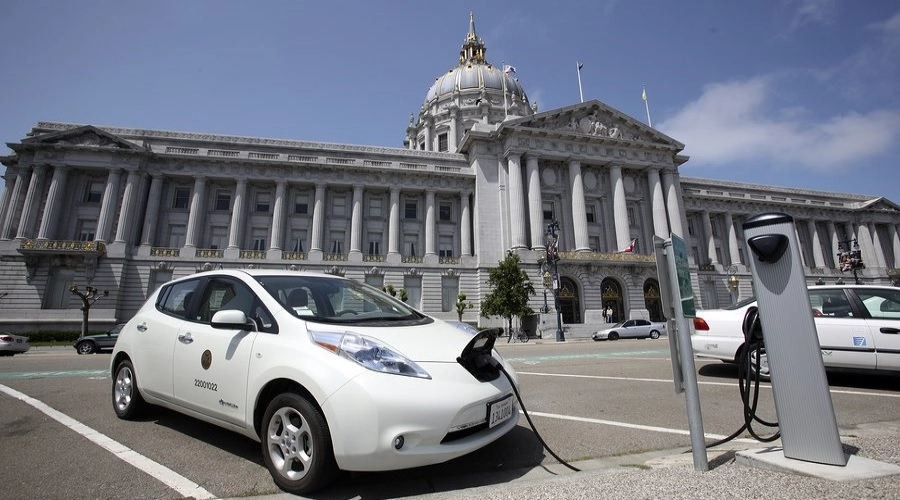Rebecca Fisher, Director of Drive Electric at ClimateWorks Foundation, discussed the situation in the state of California regarding regulations on electromobility and the adaptation of the rest of the United States in this regard.
“We are all part of the campaign and the global community that wants change,” Fisher said.
The above statement is reflected in forward-looking perspectives and set percentages, such as “100% of electric car sales by 2050.”
Compared to China and Europe, whose governments have clear regulations and objectives, the United States is progressing rapidly.
“We know it’s ambitious, but we have four years left until 2026 when we estimate a 50% share of electric vehicle sales,” she said.
The California case began with corporate leadership that promotes environmental awareness.
Regarding this, Rebecca Fisher maintains that Americans have “environmental awareness surrounding this energy transition.”
In this sense, the United States is seen as a key player in promoting new regulations.
It also outlines three fundamental pillars for the realization of this project: government, individuals, and businesses.
How can this idea be applied in Latin America?
Throughout her presentation at the Latin American Electric Mobility Congress organized by Costa Rican Electric Mobility Association (ASOMOVE) and Latin American Sustainable Mobility Association (ALAMOS), Fisher emphasized that the country’s growth depends on the collective effort of the states.
She also states that the region is taking on an important leadership role but still has progress to make.
In this way, the Californian model can serve as an example for the rest of the countries in the continent.
However, in Latin America no country has clear regulations on the sale of electric vehicles.
Looking at the example of the United States, it is relevant to analyze the regulatory reality in Latin countries.
We have already mentioned the situation regarding sales. But manufacturing is a different story.
We are referring to countries like Brazil, where investments in this field are ongoing. It is worth noting that this country is continuously seeking agreements.
Another significant factor is that Brazil has seen significant development supported by laws that promote domestic production.
In relation to Brazil, negotiations with China to increase vehicle manufacturing and set records are recent developments.
Companies are also crucial to achieving goals.
“Alongside Brazil, Uruguay, and Chile represent an attractive market for the production of electric trucks,” said Marco Mildenberg, a representative from Volvo Trucks.
In this way, it is possible to observe that applying the North American ideal in Latin countries is possible as long as companies and the government collaborate to achieve the goal.
Therefore, the current situation requires public policies to enable the implementation of this change, which has climate and environmental benefits.
We can answer the initial question: the Californian model of regulations is a good example for all of Latin America.
But it is essential not to overlook that there is still much to agree upon regarding laws to promote the sale and manufacturing of electric vehicles.
To read more news about electromobility in Latin America, visit Portal Movilidad.







